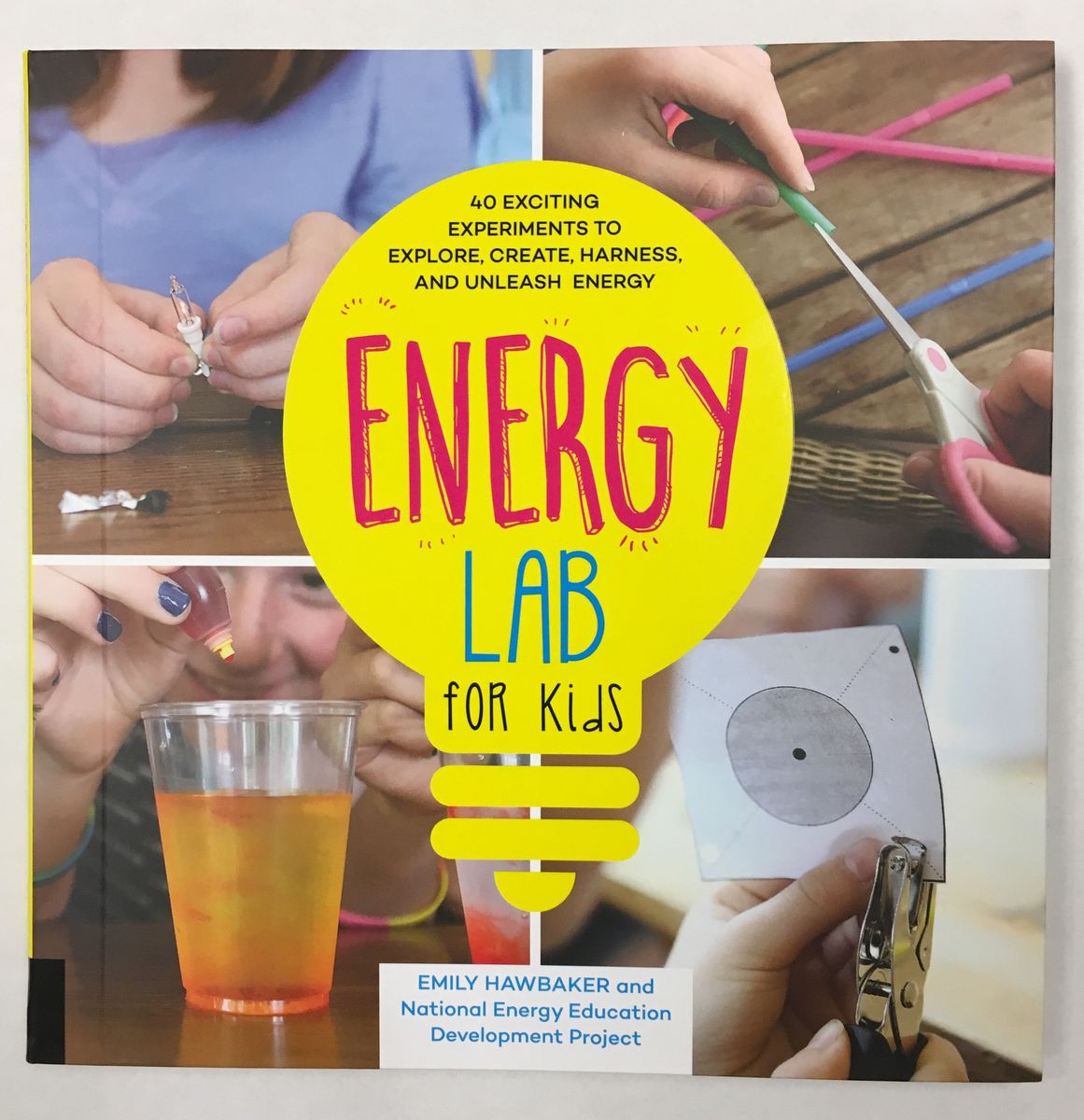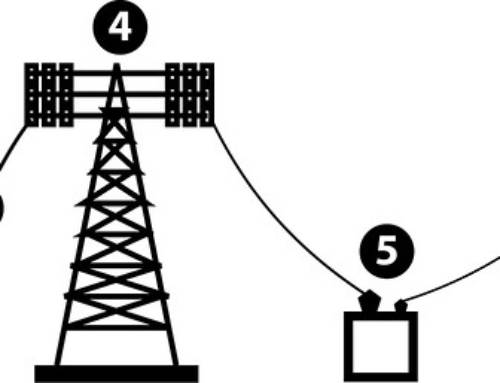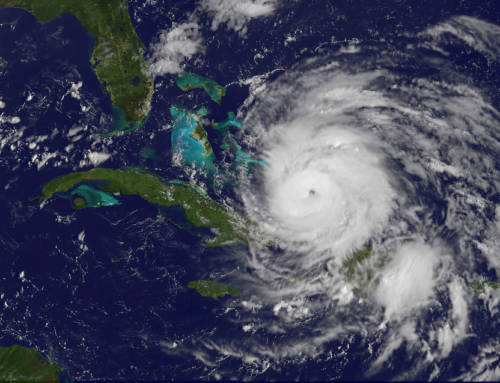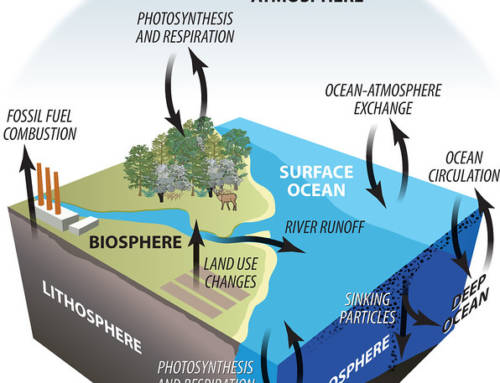An article written by Barb Lazar
Director of the Ford Library, Bosque School, Albuquerque, NM
NEED Teacher Advisory Board
I am an energy-nerd-middle-school-teacher-librarian, and there are times when I come across books that bring these identities together! Something I have discovered and delighted in when working with students is that different kids have different “entry points” when it comes to learning about and reinforcing their energy education and knowledge. From stepping in with an engineering perspective or having an interest in how to solve problems, to an interest in the environment and our use of energy resources, or wanting to lower their carbon footprint and save money in their homes and schools.
In observation of WORLD BOOK DAY, I’d love to share a few books my students have enjoyed and in which they have found connections to their energy education background and interests.
.jpg) The City of Ember by Jeanne DuPrau
The City of Ember by Jeanne DuPrauIn a post-apocalyptic world, Doon and Lina are assigned jobs at the age of twelve and proceed to seek out answers to save their underground community from darkness. When the limited resources begin to dwindle, and the lights flicker and dim, they must find a way out, or a way to get the generators working. Though filled with overt messages and allegory, this is essentially a mystery and quest to save their underground city. The children lead the way in solving the mysteries of light and dark. They must use critical thinking, inquiry, and problem-solving to save their society.
In the city of Ember, the sky was always dark. The only light came from great flood lamps mounted on the buildings and at the tops of poles in the middle of the larger squares. When the lights were on, they cast a yellowish glow over the streets; people walking by threw longs shadows that shortened and then stretched out again. When the lights were off, as they were between nine at night and six in the morning, the city was so dark that people might as well have been wearing blindfolds (4).
For some middle grade students, this may be a first venture into science-fiction or dystopian novels, and its characters are relatable. I enjoy their inquisitive natures and their problem-solving strategies. My readers who have engaged in NEED’s
Science of Energy stations did come to realize they knew MORE than the people of Ember!
.jpg)
Dry by Neal Shusterman and Jarrod Shusterman
Environmental disaster, climate change, greed, and politics. What more might you want in a book?! Teens on the run from water-zombies make for an exciting read by Neal Shusterman and Jarrod Shusterman, but you may want to have a glass of water nearby as you read! With a foot in the environmental realities of today, Shusterman builds the story through Alyssa’s search for water, starting with the rush for bottled water at Costco.For many students, their introduction to energy is related to environmental interests. In this latest novel by the Shustermans, our characters end up relying on their knowledge and experience, but also on those skills we develop in working through so much of our energy curriculum: inquiry, problem-solving, and teamwork. Dry begs us to honor our environment, learn about using energy wisely, and attend to water use. And if you ever wondered if your science, math, environmental studies, or humanities classes mattered, they do; this book about surviving drought in a speculative not-too-distant future is a compelling wake-up call.
.jpg)
The Boy Who Harnessed the Wind by William Kamkwamba and Bryan Mealer
This memoir of growing up in Malawi is a delightful example of narrative non-fiction. This “young readers edition” is accessible to middle school readers, and provides a window into a world many of our students may not know. Kamkwamba provides us a glimpse of his reality, and then takes us through his journey to solve a problem: by providing electricity, he can pump water to his family, and ultimately provide light. Through observation and discovery, deep study and perseverance, and the resilience and will to survive, his creation of a working wind-powered generator gives energy students an inspirational view of electricity, but also the ingenuity of scientific thinking employed to make change in a community. An appeal to readers is Kamkwamba’s ability to make the connection with his readers.
Because he is unable to attend school, he visits the small library at the primary school, where the mere three shelves are filled with books (donated) from all over the world. With a plan to keep up with those who can still attend school, he reads and re-reads these books.
“As much as a loved to read, I found it terribly difficult. For one, my English was bad, and sounding out words took a great deal of time and energy. Plus, some of the material was confusing since I didn’t have a teacher to explain things (140).” Turning the pages, I saw the photo of Nkula falls on the Shire River, located in southern Malawi. It’s where ESCOM operated the hydro plant I mentioned earlier, and where the country got its electricity. The only information I had was that the river flowed downhill until it reached the plant, then POOF, there was power. How and why this worked, I had no clue. But this book explained everything. It said the water turned a giant wheel at the plant called a turbine, and the turbine produced electricity.
It is when our students make these kinds of connections with their daily lives that our energy lessons become even more valuable. Books like these – narrative, imaginative, authentic, and aspirational – can provide bridges for students to see relevance with their energy-learning experiences.
Energy Lab for Kids: 40 stimulating experiments to explore, create, harness, and unleash energy!

This hands-on
book prepared by Emily Hawbaker and the expert team at NEED Project, the lab activities in this book will let you explore almost everything about energy – what it is, how we find it, how we use it, and how can save it. The chapters cross all categories – from steam, electricity, and chemical reactions, to water, solar, and wind power, allowing kids to compare and test the different sources and to discover their strengths and failings. Using household supplies that you can find around the house or in a grocery store, these exciting projects let you observe, explore, discover, and get energized! Designed for grade levels 4-9 (ages 10-14).
You may also search
NEEDs Energy Booklist to find exactly what you need for your next lesson, demonstration, reading group assignment or energy club project. The Energy Booklist includes information on book title, author, topic, reading level (primary, elementary, intermediate and secondary), ISBN number, copyright date, publisher, whether it is fiction or nonfiction, and a short summary. Begin your search by typing in a keyword or phrase, or try one of the topic areas listed below. Book topics include: biomass, careers, chemistry, climate change, coal, conservation, demonstrations & experiments, earth science, earthquakes, ecology, electricity, energy, engineering, environmental, food, forces, fossil fuels, future, geothermal, gravity, heat, hydrogen, hydropower, inventors & scientists, light, magnets, math, motion, natural resources, nuclear, petroleum, photosynthesis, physical science, policy, renewable energy, science fair projects, solar, sound, sources of energy, transportation, trash, weather and wind.
Happy Book Day, EVERY DAY!
.jpg) The City of Ember by Jeanne DuPrau
The City of Ember by Jeanne DuPrau.jpg)
.jpg)
 This hands-on book prepared by Emily Hawbaker and the expert team at NEED Project, the lab activities in this book will let you explore almost everything about energy – what it is, how we find it, how we use it, and how can save it. The chapters cross all categories – from steam, electricity, and chemical reactions, to water, solar, and wind power, allowing kids to compare and test the different sources and to discover their strengths and failings. Using household supplies that you can find around the house or in a grocery store, these exciting projects let you observe, explore, discover, and get energized! Designed for grade levels 4-9 (ages 10-14).
This hands-on book prepared by Emily Hawbaker and the expert team at NEED Project, the lab activities in this book will let you explore almost everything about energy – what it is, how we find it, how we use it, and how can save it. The chapters cross all categories – from steam, electricity, and chemical reactions, to water, solar, and wind power, allowing kids to compare and test the different sources and to discover their strengths and failings. Using household supplies that you can find around the house or in a grocery store, these exciting projects let you observe, explore, discover, and get energized! Designed for grade levels 4-9 (ages 10-14).


